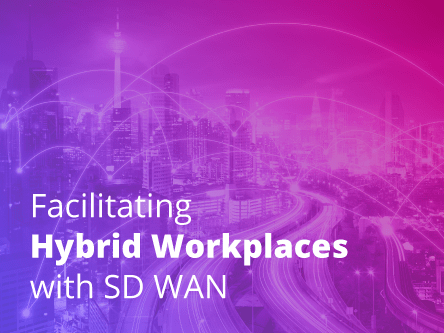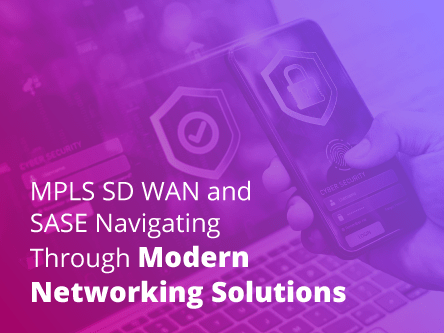Enterprises are turning to the cloud for their data and applications. Best of breed functions, ease of access and use, scalability and flexibility are some of the compelling reasons for deploying cloud services.
However, enterprises may also fall into the trap of losing control over their cloud investments. While a multi-cloud strategy allows them to avoid vendor lock-in, it can also create an environment that’s increasingly difficult to manage. There are a surprisingly high number of cost elements to consider when utilising multi-cloud, with connectivity being one of them.
So, what are some of the common challenges experienced by enterprises during their cloud journeys?
What technologies should they implement to ensure they are not overpaying for their cloud connectivity?
Challenges Introduced by Cloud Adoption
As an enterprise considering cloud adoption in some form, it is important to be aware of some of the more challenging aspects of networking which can result in both direct and indirect costs:
Designing a cloud-ready connectivity strategy can be complex. Done incorrectly may not only result in higher direct costs, but also indirect costs in terms of poor performance, security and agility.
There are plenty of considerations when designing connectivity to and between your cloud deployments. To ensure secure access and performance for your cloud environments, particularly for mission critical functions, you will likely need to consider some form of private cloud connectivity solution.
Utilising an intelligence-driven private cloud network ensures you have both security and performance needed for a successful multi-cloud strategy.
How to Simplify and Avoid Overpaying for Private Cloud Connectivity
To avoid overpaying for network connectivity to the cloud and between clouds in a multi-cloud environment, it’s important for enterprises to consider their strategy closely. Addressing issues such as security, complexity, and even compliance and regulatory governance when using multiple clouds requires a different approach to how enterprises deploy and manage their network.
Enterprises need an intelligent network with multi-cloud capabilities to gain full visibility, security, scalability and simplified management. To address this, they should look for a provider that delivers end-to-end cloud-first connectivity that comes with visibility and control. That includes five key components:
Moving Forward with Intelligence
Intelligent WAN solutions allow today’s geographically dispersed enterprises to realise the transformation promise of cloud computing, lowering capital and operational costs and providing performance increases without sacrificing security.
The right solution enables enterprises to maximise the value of their cloud and digital investments with a modern WAN architecture. To learn more about maximising your network efficiency with a comprehensive intelligent WAN solution, speak to a Multi-cloud Expert today.
Don't wait any longer, take control today
Send us a message and we’ll get back to you in a jiffy.







